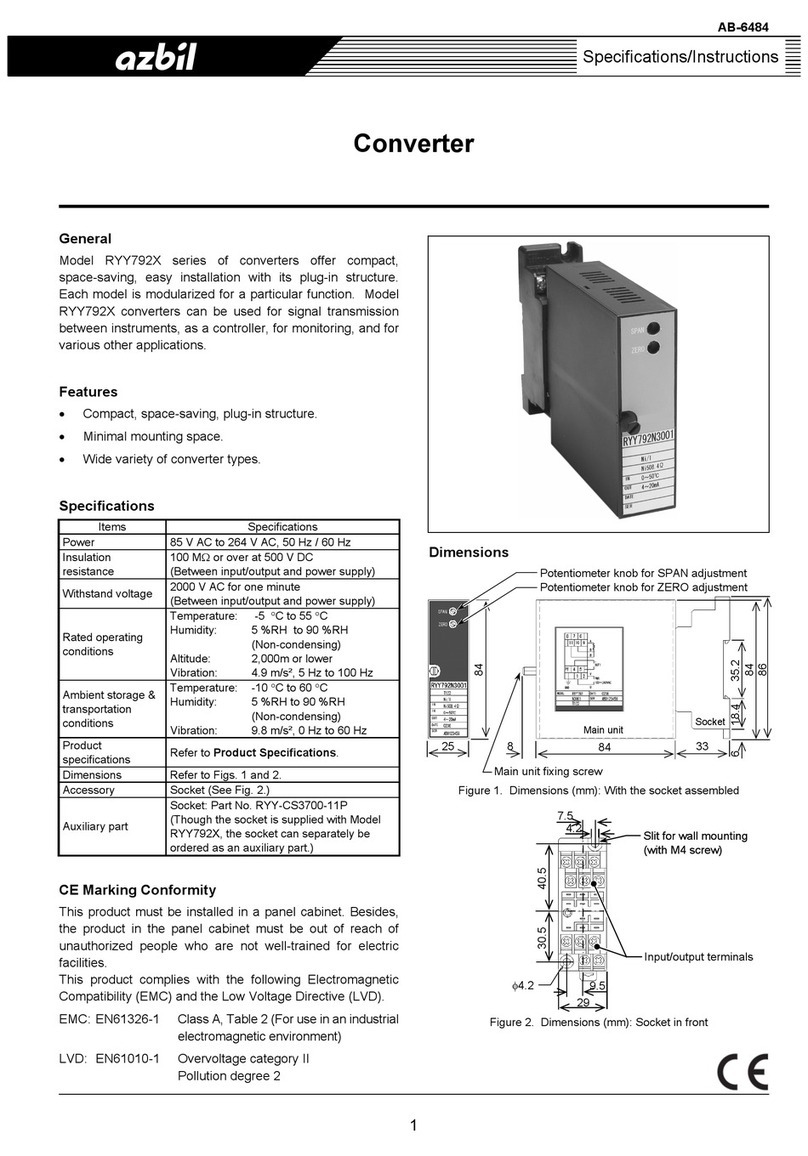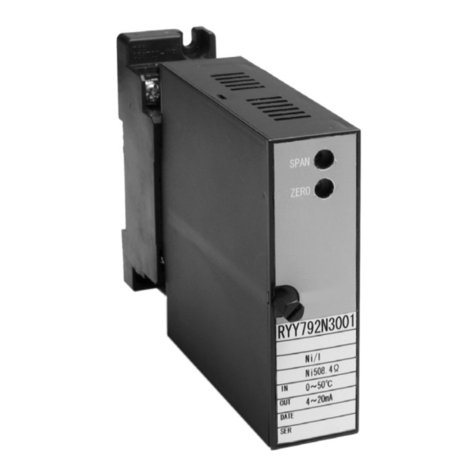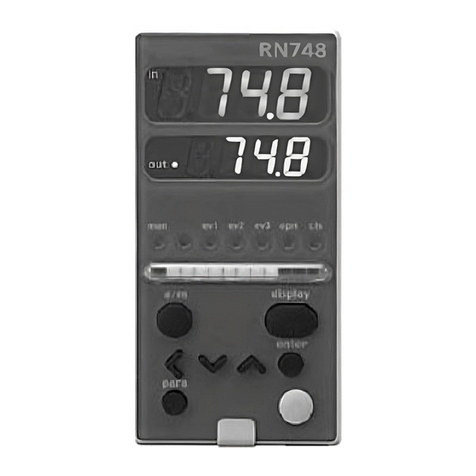
Table of Contents
Setting the TAG NO. ................................................................................................... 4-12
Default setting.......................................................................................................4-12
Setting range ........................................................................................................4-12
Damping time constant ...................................................................................................4-13
Default setting.......................................................................................................4-13
Setting range ........................................................................................................4-13
Auto zero.........................................................................................................................4-14
Flow counter - Reset value .............................................................................................4-16
Flow counter - Resetting .................................................................................................4-17
Detector data...................................................................................................................4-18
Default setting.......................................................................................................4-18
Setting the Number of Dummy Detectors .......................................................................4-20
Default setting.......................................................................................................4-20
Setting range ........................................................................................................4-20
Flow rate range ...............................................................................................................4-21
Setting range ........................................................................................................4-21
Flow rate indication .........................................................................................................4-22
Default setting.......................................................................................................4-22
Setting range ........................................................................................................4-22
Entering ENGINEERING / ADVANCED / MAINTENANCE MODE.................................4-23
Entering ENGINEERING MODE...........................................................................4-23
Entering ADVANCED MODE................................................................................4-23
Entering MAINTENANCE MODE..........................................................................4-24
Selecting functions..........................................................................................................4-25
Relations for setting function FXXXX..............................................................................4-27
Range functions ..............................................................................................................4-30
Single range..........................................................................................................4-30
Normal direction automatic dual range .................................................................4-31
Normal direction, external switching dual range ...................................................4-32
Normal/reverse automatic switching range...........................................................4-33
[Built-in counter function] ......................................................................................4-35
[Contact input function] .........................................................................................4-36
[Contact output function].......................................................................................4-37
Flow rate range.....................................................................................................4-40
Setting range ........................................................................................................4-40
Setting hysteresis .................................................................................................4-42
Selecting the current output method for dual range..............................................4-43
Setting / Changing the preset value of the built-in ow counter......................................4-44
Specic gravity......................................................................................................4-45
Pulse weight .........................................................................................................4-46
Setting the pulse width..........................................................................................4-47
Setting high and low limit alarms ..........................................................................4-49
Setting a 2-stage ow rate alarm ..........................................................................4-50
Selecting fail-safe mode for the analog output................................................................4-52
Default setting.......................................................................................................4-52
Setting range ........................................................................................................4-52
Selecting fail-safe mode for the pulse output..................................................................4-53
Default setting.......................................................................................................4-53
Setting range ........................................................................................................4-53
Setting the contact output status ..........................................................................4-54
Damping time constant ...................................................................................................4-56
Default setting.......................................................................................................4-56
Setting range ........................................................................................................4-56
































